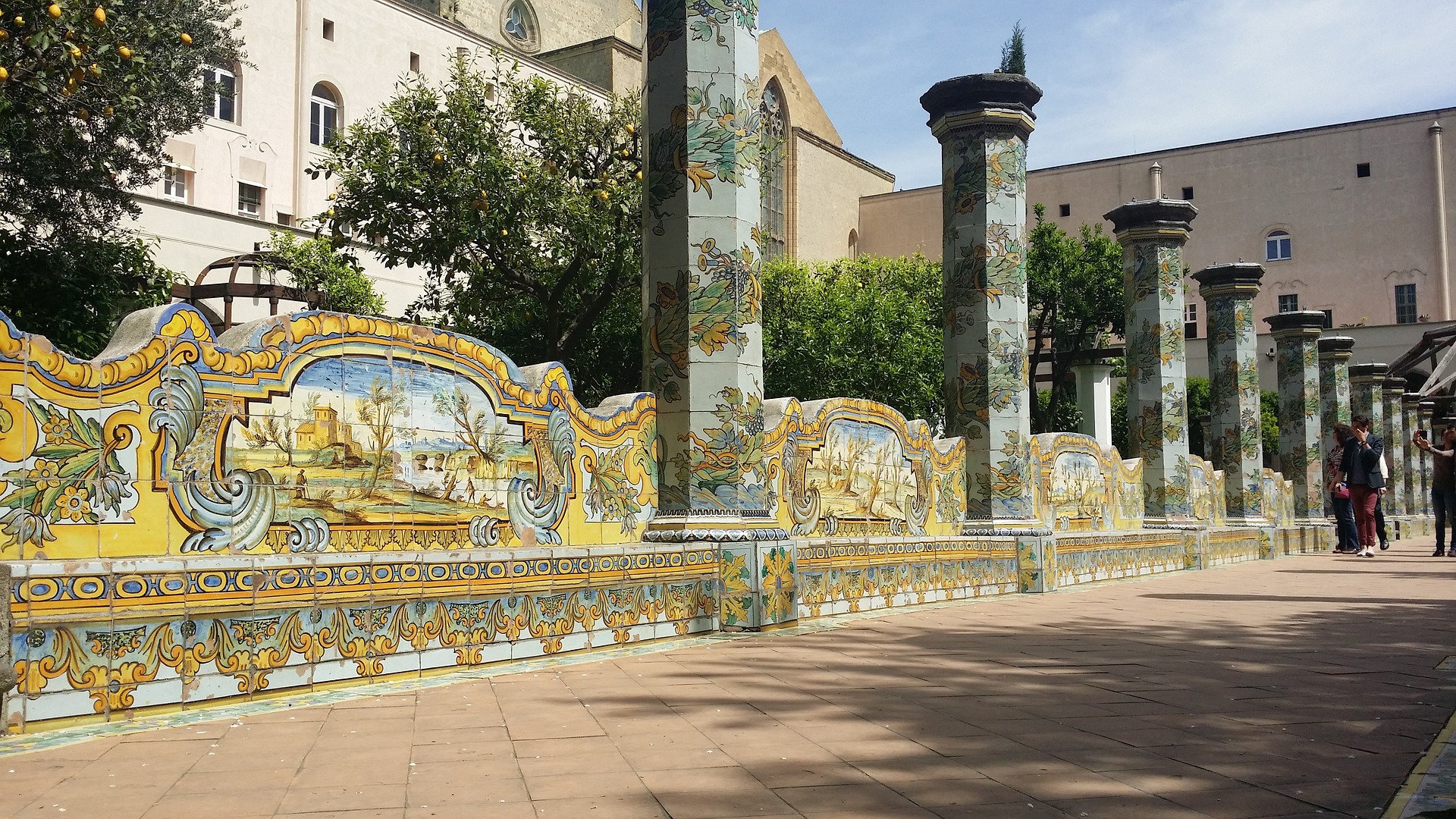In a world that is becoming more and more globalized and urbanized, cities are the place where the main challenges of sustainable development are concentrated. Cities provide jobs, public and private services, infrastructure, and educational opportunities. A total of 68% of the world’s population will live in urban areas in 2050, and thus cities will play a key role in sustainable development. As discussed in the last post within 2030 we need more sustainable cities. There is a need to change the way we produce wealth, decreasing the negative impacts, both the environmental and social ones.
A new economy is therefore needed, for re-establishing the balance between natural ecosystems and human activities. This necessity is also confirmed by the COVID19 pandemic. The pandemic represents an opportunity to reflect on the close relationship/correlation between ecological, economic, and social dimensions and the need to re-think and re-shape development models [1].

This concerns all sectors, including the tourism one, representing the third largest socio-economic activity in Europe. In general this sector is one of the most important in the world economy, providing a large number of job opportunities, creating an economical growth, but is mainly based on a linear economy model.
On the other hand it poses a serious threat to the balance of ecosystems and significantly contributes to global warming due to the large amount of emissions related to tourism activities.
An art city, or in general large cities where tourism exists everyday, in addition, it produces negative impacts on the natural ecosystem including, for example, soil erosion, pollution, discharges into the ocean, habitat loss, increased strain on threatened and endangered species, and greater vulnerability to forest fires [1].
A group of researchers of the University of Naples [1] propose to extend researches on how to make the tourism sector more sustainable. In this perspective, they propose the Human Circular Tourism (HCT) model and, in particular, an operational framework (consisting of recommendations, actions, indicators).
Every process that concerns tourism needs to be transformed from linear (take-make-dispose) to circular (take-make-use-remake) ones. HCT limits impacts on the environment, where the actors of tourism (traveler, host, tour operator, supplier) adopt an eco-friendly and responsible approach. Circular tourism is not only a green tourism, addressed to limit the consumption and waste of non-renewable energy resources. Recovery, reuse, redevelopment, but also valorization and regeneration are key words HCT. It is possible to “use” tourism as a mean to regenerate knowledge produced by each territory (in terms of values, language, significance, skills). The functional reuse is not only referred to as the fixed capital, but also to knowledge and values.
To clarify some examples are discussed: for example, Dutch Hospitality in Netherlands optimizes the logistics and supply chain through a virtuous distribution network which transforms food waste in “nutrients” for a new food production. In particular, the Green Recycled Organics company collects coffee grounds from restaurants and hotels and uses them as growth substrate for oyster mushrooms which, after a period of about six weeks, are sold and distributed to the restaurants. This example it recalls the concept of symbiosis that exists both in the animal and in the plant world.
Additionally in other European cities, as in Naples (Italy), it is possible “to pay by waste”, using recycled plastic bottles to pay for the funicular railway ticket. Furthermore, the Central Hotel Moena (Italy) promotes sustainable mobility (i.e., shuttle sharing) and slow and responsible tourism. Some of the sustainable actions adopted by the hotel are zero km food, energy saving system, energy from 100% renewable sources, and signs to inform the customer about ecological practices used to reduce the consumption of detergents that pollute the environment [1].

The World Tourism Organization of the United Nations create a tourism Platform – T4SDGs Platform – that provides the international tourism community with a place to co-create and engage in order to implement the 2030 Agenda for Sustainable Development. The portal includes a network diagram that lists the main categories of stakeholders involved in the tourism industry, including tourists, government entities, international organizations, donors, academic institutions, services centers and businesses. This platform could help the implementation of HCT, if it is fully integrated with local activities all over the world. Furthermore, the success of the implementation of the HCT model greatly depends on the behavior of the tourists and their mindset/culture. The individual behaviors are a measure of circularity and sustainable practices. Starting from this analysis researchers [1] suggest to extend tourism’s platforms with a set of multidimensional indicators with the aim to evaluate and monitor the circularity of tourists’ behaviors and to support decision makers in adopting strategies that incentivize tourists’ circularity actions.
[1] Towards the Human Circular Tourism: Recommendations, Actions, and Multidimensional Indicators for the Tourist Category – Francesca Nocca, Martina Bosone, Pasquale De Toro, Luigi Fusco Girard; Sustainability 2023, 15, 1854.





